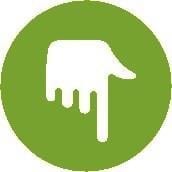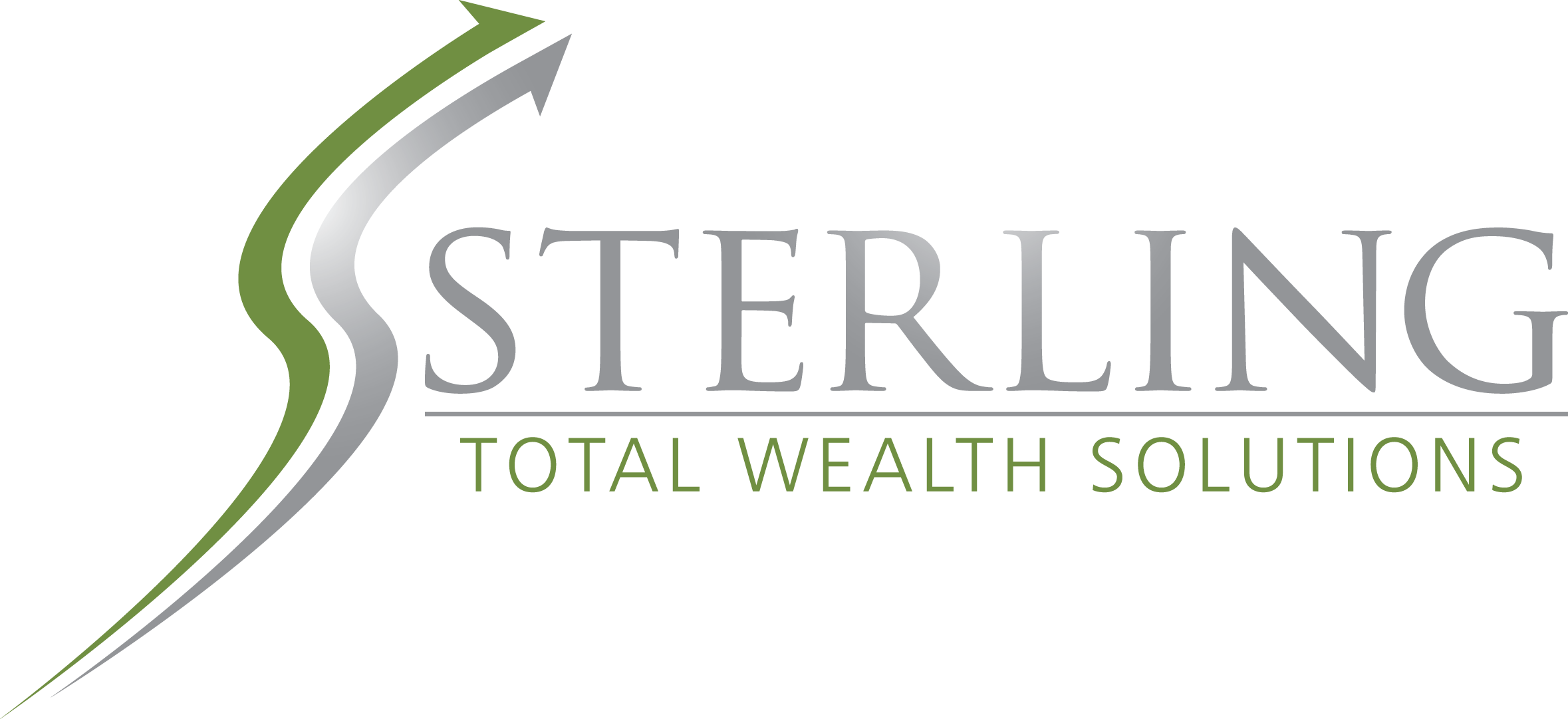In this month’s recap: stocks notched a solid gain, overcoming the rise of reported COVID-19 cases and plans of a slowdown in economic re-openings.
Monthly Economic Update
Monthly Economic Update | Presented by Sterling Total Wealth Solutions | July 2020
Stock prices climbed higher in June, as investors looked beyond an increase in COVID-19 cases as well as reports that several states planned to slow the pace of their economic re-opening.
The Dow Jones Industrial Average gained 1.69%, while the Standard & Poor’s 500 Index tacked on 1.84%. The Nasdaq Composite, already up 6.75% in May, rose another 5.99%.1
Momentum Lost
Stocks opened the month higher, but the momentum quickly stalled, as states struggled to re-open their economies while facing an increase in COVID-19 cases. Investor sentiment was further dampened by a subdued forecast of economic recovery issued by the Federal Reserve.
Focus Shifted
But the market turned and rallied on a series of upbeat news announcements. First, by the Fed, which said that it would extend its bond-buying program to include the debt of individual companies. Second, a strong retail sales report buoyed spirits. And finally, the news of an effective COVID-19 treatment for critically ill patients strengthened investor sentiment.
Bump Up in COVID-19
Market direction reversed late in the month, due to an increase in COVID-19 cases in Florida, Texas, and California, which prompted some states to roll back their re-opening plans.
However, stocks still closed out the month strong, posting back-to-back gains to cement a solid showing.
Sector Scorecard
Industry sectors were mixed in June, with gains in Consumer Discretionary (+1.54%), Industrials (+0.95%), Materials (+0.18%), and Technology (+4.78%), while losses were posted by Communication Services (-1.07%), Consumer Staples (-1.72%), Energy (-4.54%), Financials (-2.48%), Health Care (-4.49%), Real Estate (-0.98%), and Utilities (-5.81%).2
What Investors May Be Talking About in July
Assessing the economy has become increasingly difficult due to the uncertainties caused by the pandemic.
For example, May’s employment report from the Bureau of Labor Statistics showed that the economy added 2.5 million new jobs. Wall Street economists were stunned by the news, having forecast a drop of 8.3 million.3
This has left many economists and analysts to look for more creative ways to gauge “real-time” economic activity. In an effort to expand their toolset beyond traditional government reporting, forecasters are now mining a robust vein of real-time data, such as satellite imaging, to count cars parked at retail locations.
They also are looking at data, generated by Google and Apple, to determine traffic, pedestrian volumes, and the number of people taking public transportation. Restaurant apps are getting used too. They can help show whether people are returning to social settings.
Traditional economic indicators remain vital, but expect a growing focus on newer, “big data” tools that give critical real-time snapshots.
World Markets
Economic re-opening and supportive central bank policies propelled markets overseas, as the MSCI-EAFE Index gained 2.92%.4
European markets responded to a general easing of economic lockdown and fresh central bank support. Germany rose 6.25%, while France picked up 5.12%. The U.K. lagged, gaining only 2.16%.5
Pacific Rim stocks were mostly higher. Japan tacked on 1.88%, while Australia climbed 1.35%.6
Indicators
Gross Domestic Product: The final reading of GDP growth for the first quarter was unchanged, at -5.0%.7
Employment: The unemployment rate dropped to 13.3%, as employers added 2.5 million new jobs in May. Many of the sectors hit hardest by employment cuts, such as the travel, hospitality, and retail industries, led the rebound in hiring.8
Retail Sales: Retail sales leaped 17.7% in May. Clothing and furniture stores led the group.9
Industrial Production: Industrial production climbed 1.4%; though, manufacturing output managed a stronger increase of 3.8%.10
Housing: Housing starts increased 4.3% in May; though, permits for future home construction rose 14.4%. The increase in permits indicates that home building may be emerging from its COVID-19-related contraction.11
Existing home sales dropped 9.7% in May.12
Sales of new homes rose 16.6%, which was above consensus estimates.13
Consumer Price Index: For the second straight month, consumer prices fell, dipping 0.1% in May. Core inflation, which excludes the more volatile food and energy components, also retreated by 0.1%.14
Durable Goods Orders: Orders for long-lasting goods jumped 15.8%, well above the consensus estimate of 10.3%.15
TIP OF THE MONTH

Take a second look at monthly payments you may have contracted years ago (cell phone usage, for example). Plan prices may have dropped. Are you overpaying?
Following its Federal Open Market Committee two-day meeting in June, the Federal Reserve said that it planned to keep its federal funds rate near zero.
Fed Chair Jerome Powell confirmed that the Fed would maintain its monthly purchases of Treasury bonds and mortgage-backed securities.
The Fed also issued its forecasts for 2020 to 2022. It anticipates the federal funds rate remaining at zero, with inflation of 0.8% for 2020, 1.6% in 2021, and 1.7% in 2022.
Fed officials said that they expect the GDP to fall by 6.5% this year, but increase 5% in 2021 and 3.5% in 2022. Officials also expect unemployment to steadily decline over the next 2½ to 5½ years.16
| MARKET INDEX | Y-T-D CHANGE | June 2020 |
| DJIA | -9.55 | 1.69% |
| Nasdaq | 12.11 | 5.99% |
| S&P 500 | -4.04 | 1.84% |
| BOND YIELD | Y-T-D | June 2020 |
| 10 YR TREASURY | -1.27% | 0.65% |
Sources: Yahoo Finance, June 30, 2020
The market indexes discussed are unmanaged and generally considered representative of their respective markets. Individuals cannot directly invest in unmanaged indexes. Past performance does not guarantee future results. U.S. Treasury Notes are guaranteed by the federal government as to the timely payment of principal and interest. However, if you sell a Treasury Note prior to maturity, it may be worth more or less than the original price paid.
QUOTE OF THE MONTH

“Only those who will risk going too far can possibly find out how far one can go.”
T.S. Eliot
THE MONTHLY RIDDLE

Haretown and Tortoiseville are 44 miles apart. A hare travels at 8 miles per hour from Haretown to Tortoiseville, while a tortoise travels at 3 miles per hour from Tortoiseville to Haretown. If both set out at the same time, how many miles will the hare have to travel before meeting the tortoise en route?
LAST MONTH’S RIDDLE: Here’s a food riddle. Someone strips away the outside of this food, leaving you free to boil, cook, or grill the inside. (So, what was the “inside” is now an uncovered outside.) You eat the new outside, and throw away the inside of that. What kind of food are you eating?
ANSWER: Corn on the cob.
Securities offered through Registered Representatives of Cambridge Investment Research, Inc., a Broker/Dealer, Member FINRA/SIPC. Advisory services offered through Cambridge Investment Research Advisors, Inc., a Registered Investment Advisor. Sterling Total Wealth Solutions and Cambridge are not affiliated.
To learn more about Sterling Wealth Advisors, visit us on the web at www.sterlingtotalwealthsolutions.com
Know someone who could use information like this? Please feel free send us their contact information via phone or email. (Don’t worry – we’ll request their permission before adding them to our mailing list.)
- The Wall Street Journal, June 30, 2020
- FactSet Research, June 30, 2020
- The WashingtonPost.com, June 5, 2020
- MSCI.com, June 30, 2020
- MSCI.com, June 30, 2020
- MSCI.com, June 30, 2020
- CNBC.com, June 25, 2020
- The Wall Street Journal, June 6, 2020
- The Wall Street Journal, June 16, 2020
- MarketWatch.com, June 16, 2020
- CNBC.com, June 17, 2020
- CNBC.com, June 22, 2020
- Reuters.com, June 23, 2020
- The Wall Street Journal, June 6, 2020
- MarketWatch.com, June 25, 2020
- CNBC.com, June 10, 2020
